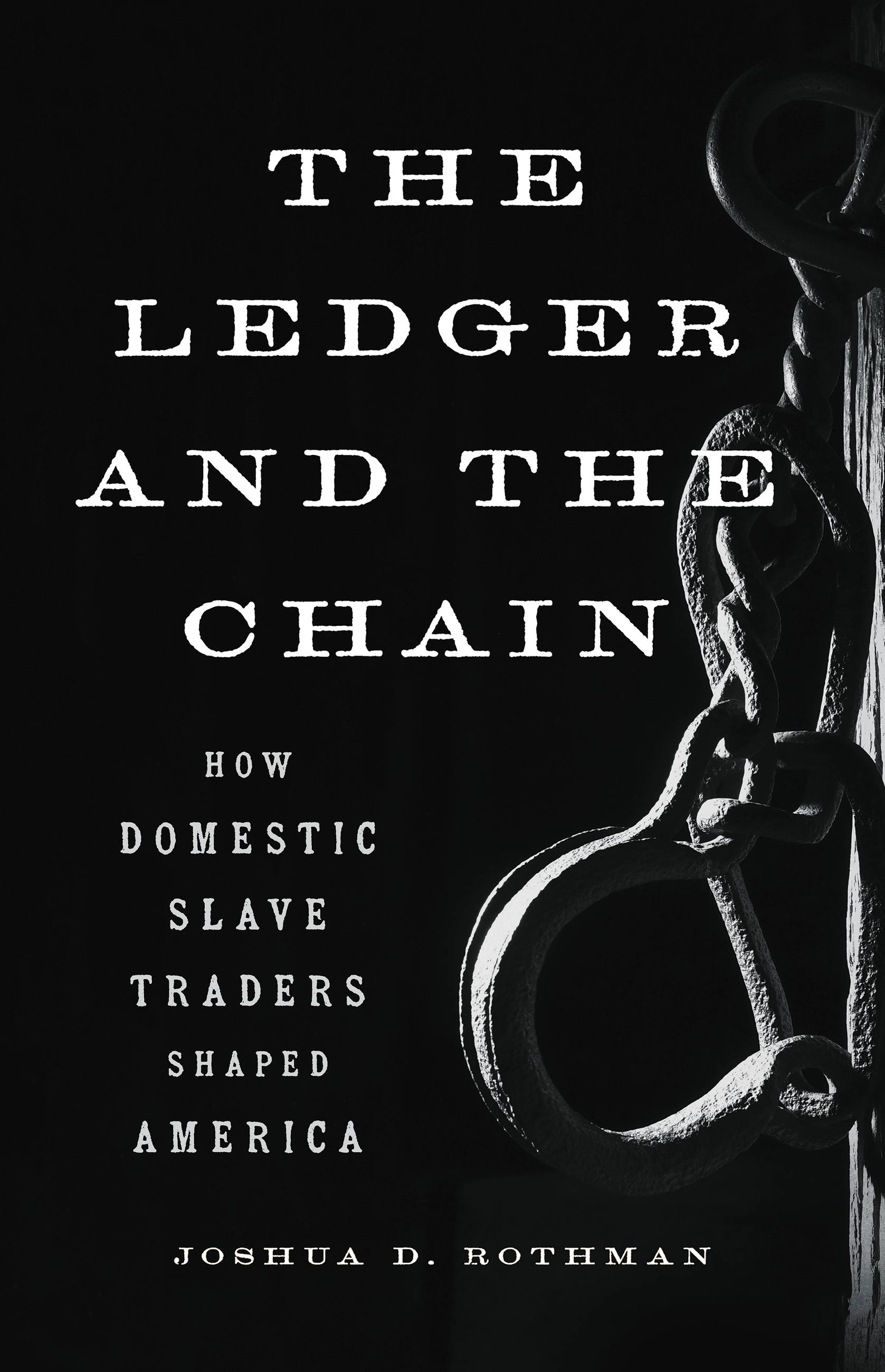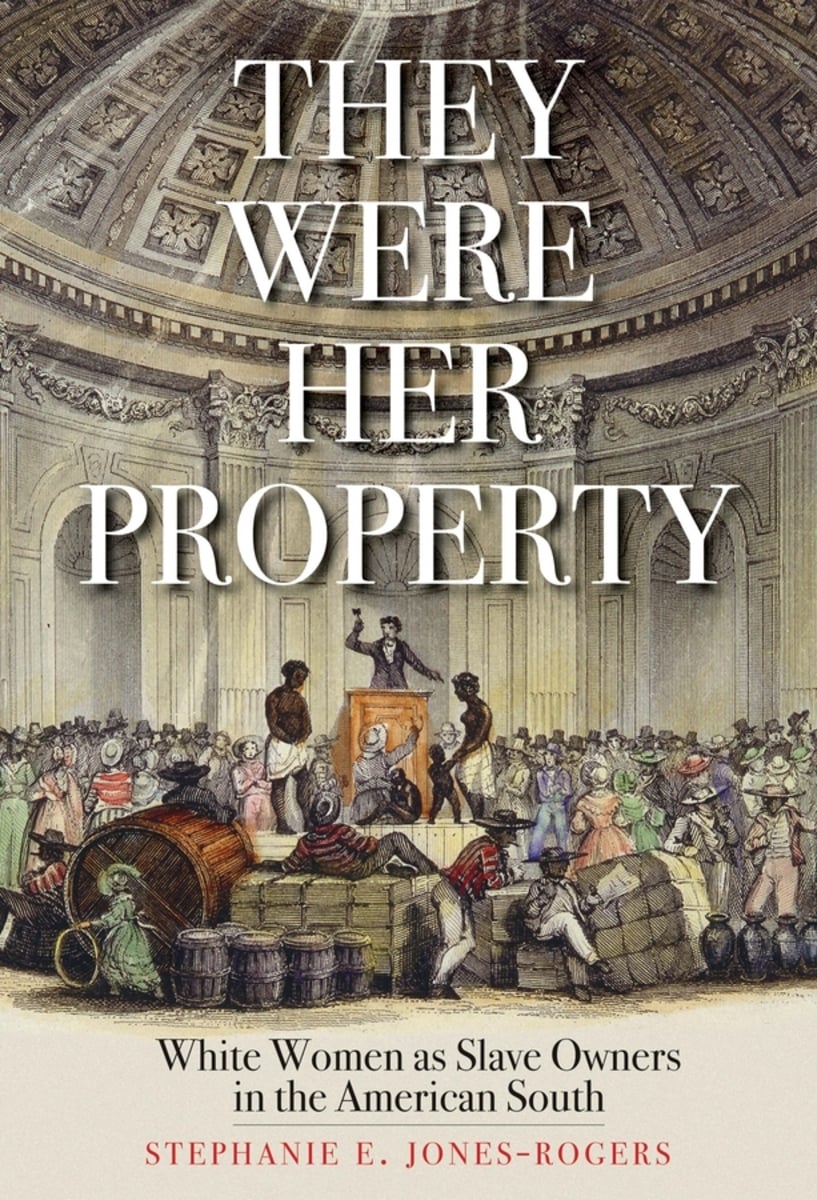Joshua Rothman’s powerful new book, The Ledger and the Chain,excavates the “routine brutalities” of the internal slave trade by focusing on a single firm, Franklin & Armfield. Established in 1828 by Isaac Franklin of Tennessee and John Armfield of North Carolina, Franklin & Armfield connected enslavers in the upper South looking to sell with enslavers in the lower South looking to profit from the boom in cotton and sugar. Franklin & Armfield was not the first business to prosper from trading human beings, but it became the most successful slave-trading enterprise in antebellum America. With offices in Virginia, Louisiana, and Mississippi, the firm rose to prominence in the early 1830s alongside the lower South’s plantation complex.
Every year Franklin & Armfield cast hundreds of African-Americans into the holds of slaving ships on journeys from the Virginia coast to New Orleans. The company forced hundreds more into overland coffles, driving enslaved people a thousand miles to the brutal landscapes of Mississippi and Louisiana. The firm’s career was relatively brief—it was dissolved in 1841—but it made fortunes for its owners and devastated the lives of thousands. Its success depended not only on the ruthlessness of its partners but also on a series of financial and logistical innovations that put Franklin & Armfield at the cutting edge of American capitalism.
In the opening pages of Uncle Tom’s Cabin, Harriet Beecher Stowe introduces Mr. Haley, a slave trader with “that swaggering air of pretension which marks a low man who is trying to elbow his way upward in the world.” John Armfield and Isaac Franklin—along with Rice Ballard of Virginia, who joined the firm in 1831—were certainly on the make. But Rothman, a professor of history at the University of Alabama, confounds the stereotype of the slave trader as scrappy outsider.
The partners of Franklin & Armfield were scions of respectable families. Armfield, who coordinated the purchase of human beings at the firm’s Alexandria headquarters, bought what one observer described as “the handsomest and most desirable residence” in the District of Columbia. Ballard—who presided over the firm’s detention facilities in Richmond and its purchases of enslaved people there, and occasionally oversaw their sale in the lower South—was made a patrol judge at the Natchez Jockey Club (a sign of social power in Mississippi) and a colonel in the militia. Franklin, who juggled the firm’s sales and credit in Natchez and New Orleans, retired each summer to his huge plantation in Tennessee. Each of these men parlayed the buying and selling of human beings into enormous wealth, and none paid a social penalty for doing so.

